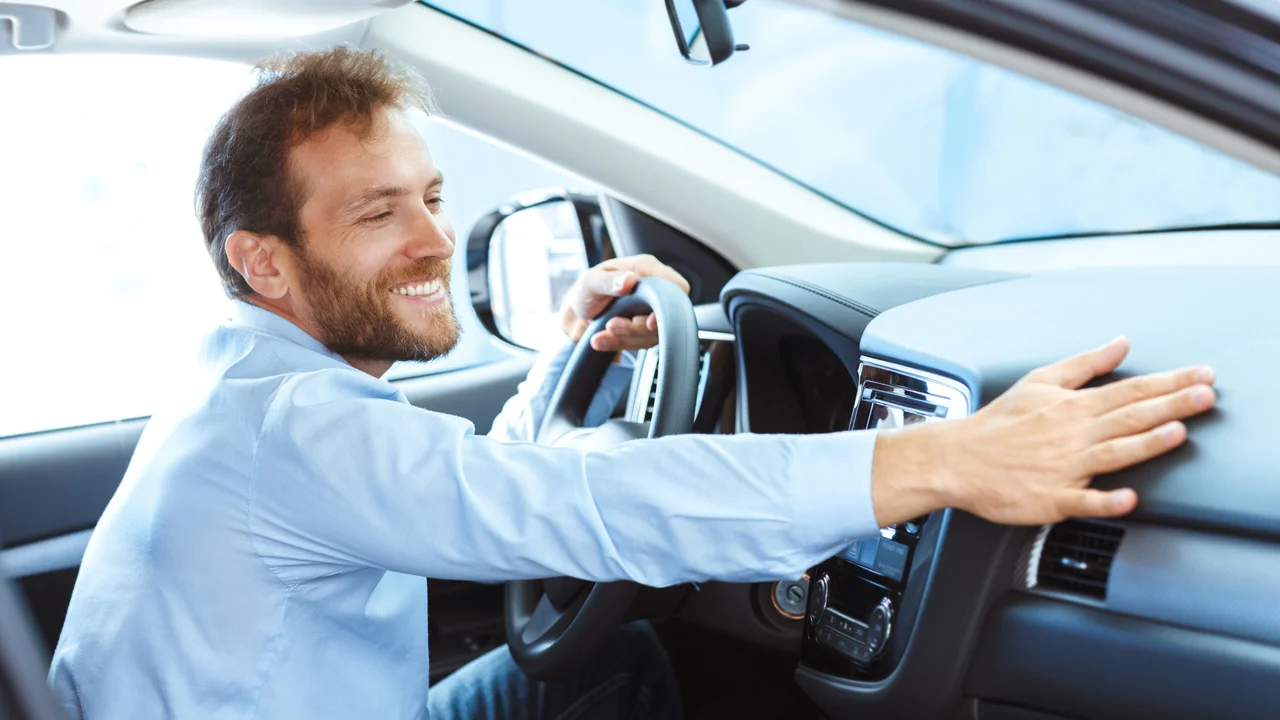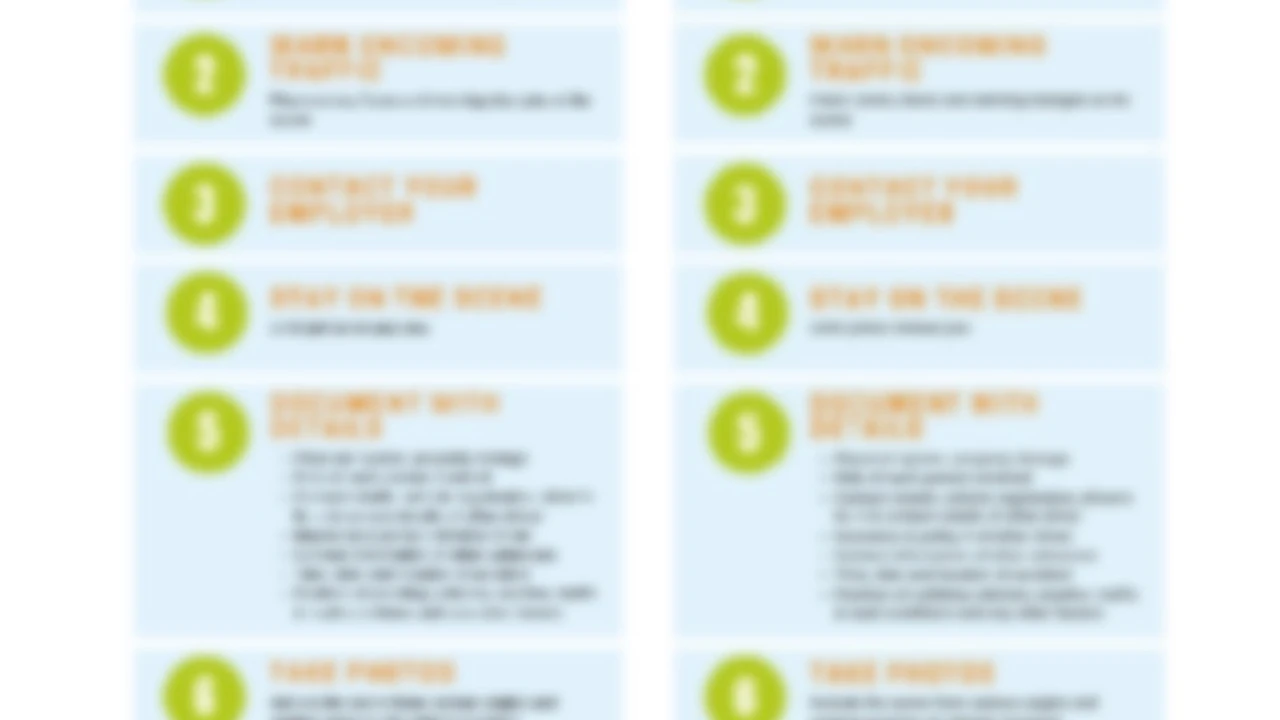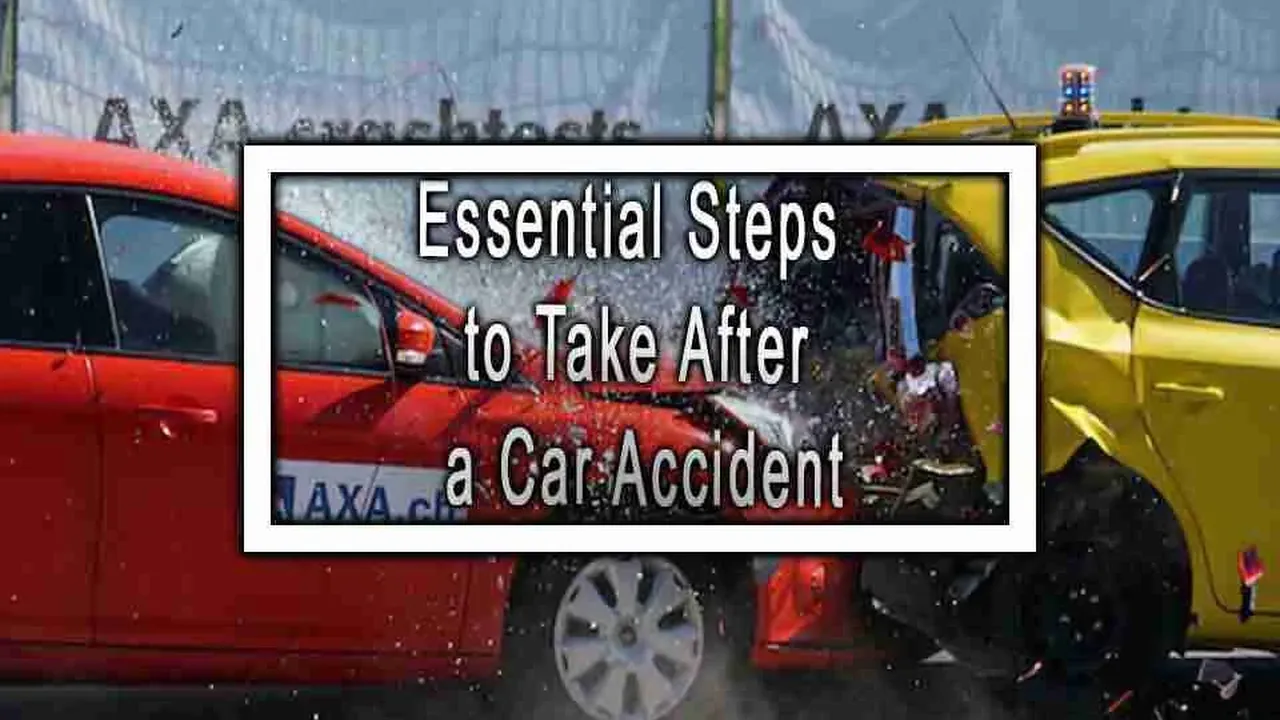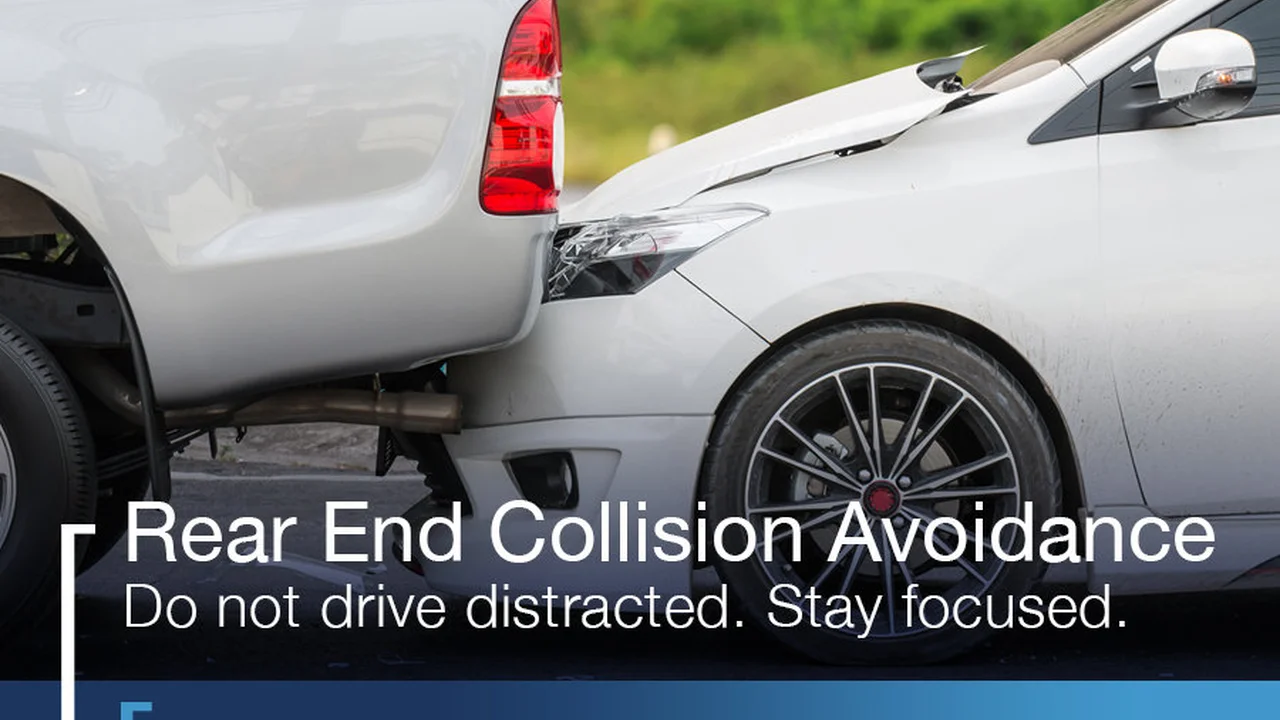Understanding Mediation and Arbitration in Car Accident Disputes

What are Mediation and Arbitration Car Accident Claims and Settlements?
So, you've been in a car accident? First off, I'm sorry to hear that. It's a stressful situation, dealing with insurance companies, injuries, and all the legal jargon. But don't worry, we're going to break down two key ways to resolve car accident disputes: mediation and arbitration. Think of them as alternatives to going to court – often faster, cheaper, and less stressful. Both involve a neutral third party helping to resolve the issue, but they work differently.
Mediation Car Accident Disputes: A Collaborative Approach
Mediation is all about collaboration. You, the other party (usually the at-fault driver or their insurance company), and a mediator sit down together. The mediator's job isn't to decide who's right or wrong. Instead, they facilitate a discussion, helping you both understand each other's perspectives and find common ground. It's like a guided negotiation. The mediator will talk to each side separately, then bring you back together to explore potential solutions. You have complete control – you're not bound to accept any settlement you don't agree with. Mediation is non-binding.
Think of it like this: you're trying to bake a cake together, but you disagree on the amount of sugar. The mediator helps you both understand why the other wants more or less sugar and helps you find a compromise that you both can live with. Maybe you use a sugar substitute, or maybe you just slightly adjust the recipe.
Arbitration Car Accident Claims: A Decision-Maker's Role
Arbitration is more formal than mediation. You and the other party present your case to an arbitrator – a neutral third party who acts like a private judge. You'll present evidence, call witnesses, and argue your side. The arbitrator will then make a decision, which can be either binding or non-binding, depending on what you agreed to beforehand. Binding arbitration means you're stuck with the arbitrator's decision, even if you don't like it. Non-binding arbitration allows you to reject the decision and proceed to court.
Imagine you're arguing over who gets the last slice of pizza. The arbitrator listens to both your arguments (maybe you're hungrier, or maybe you paid for the pizza) and then decides who gets the slice. In binding arbitration, that decision is final. In non-binding arbitration, you can still challenge the decision and fight for the pizza in court (though, let's be honest, it's probably not worth it for a slice of pizza).
Key Differences Between Mediation and Arbitration for Car Accident Settlements
Here's a quick rundown of the key differences:
- Control: In mediation, you have complete control. In arbitration, the arbitrator has the power to make a decision.
- Formality: Mediation is informal and collaborative. Arbitration is more formal and adversarial.
- Binding: Mediation is non-binding. Arbitration can be either binding or non-binding.
- Cost: Mediation is generally less expensive than arbitration.
- Speed: Both mediation and arbitration are typically faster than going to court.
When to Choose Mediation After A Car Crash Personal Injury or Property Damage?
Mediation is a good choice if:
- You want to maintain control over the outcome.
- You're willing to compromise.
- You want to save time and money.
- You want to preserve your relationship with the other party (important if you know them).
When to Choose Arbitration After A Wreck Resulting in Injury?
Arbitration is a good choice if:
- You want a decision made by a neutral third party.
- You're not afraid to present your case formally.
- You're willing to accept the arbitrator's decision (if it's binding).
- You want a faster resolution than going to court.
Navigating the Legal Maze: Seeking Legal Help After An Auto Accident
No matter which path you choose – mediation, arbitration, or even going to court – it's always a good idea to consult with an attorney. An attorney can help you understand your rights, evaluate your case, and negotiate with the insurance company. They can also represent you in mediation or arbitration. Think of it as having a guide through the legal wilderness. They know the trails, the dangers, and the best way to reach your destination.
Products to Help You Document Your Car Accident and Strengthen Your Case
Okay, let's talk about some tools that can help you document your car accident and build a stronger case, whether you're heading to mediation, arbitration, or court.
1. Car Accident Camera Dash Cam: The Witness on Wheels
Product: Vantrue N4 3 Channel Dash Cam
Use Case: Mount this dash cam on your windshield, and it continuously records everything happening in front of, inside, and behind your car. In case of an accident, you have video evidence of what happened, who was at fault, and even what the other driver said immediately after the collision.
Comparison:
- Vantrue N4: Records in 4K, has night vision, and includes GPS tracking. More expensive but offers the best quality.
- Rexing V1P Pro: Dual-channel (front and rear), good image quality, and a more affordable option.
- Garmin Dash Cam Mini 2: Small and discreet, but lacks some features like GPS. Good for basic recording.
Price: Vantrue N4: $250-$300; Rexing V1P Pro: $150-$200; Garmin Dash Cam Mini 2: $100-$130
2. Smartphone Apps for Accident Reporting: Digital Notepads
Product: Car Accident Report App (available on iOS and Android)
Use Case: This app guides you through the process of documenting an accident. It allows you to collect information like the other driver's details, insurance information, witness statements, and photos of the damage. It also creates a digital accident report that you can easily share with your insurance company and attorney.
Comparison:
- Car Accident Report App: Comprehensive, user-friendly, and includes features like GPS location and diagram creation.
- Accident iWitness: Focuses on photo and video documentation, ideal for quickly capturing the scene.
- WreckCheck: Provides a checklist of information to gather and helps you create a professional-looking accident report.
Price: Most of these apps are free or offer a premium version with additional features for a small fee (e.g., $5-$10 per month).
3. Voice Recorders: Capturing Verbal Evidence
Product: Sony ICD-UX570 Digital Voice Recorder
Use Case: While not ideal for covert recording (always check your local laws), a voice recorder can be helpful for capturing conversations with the other driver, witnesses, or even your insurance adjuster. It's especially useful if you find it difficult to remember details accurately later on.
Comparison:
- Sony ICD-UX570: Excellent sound quality, long battery life, and easy to use.
- Olympus WS-852: Affordable and compact, with decent recording quality.
- Zoom H1n: More advanced recorder with professional-grade audio, but may be overkill for basic accident documentation.
Price: Sony ICD-UX570: $70-$100; Olympus WS-852: $50-$70; Zoom H1n: $100-$120
4. Measuring Tools: Documenting the Scene
Product: Laser Distance Measurer
Use Case: Accurately measure distances at the accident scene. This can be crucial for recreating the accident and determining fault. For example, measure skid marks, the distance between vehicles, and the width of lanes.
Comparison:
- Bosch Blaze GLM 20: Easy to use, accurate, and affordable.
- Leica Disto D2: More advanced features like area and volume calculations.
- Tacklife Laser Measure: Budget-friendly option for basic distance measurements.
Price: Bosch Blaze GLM 20: $30-$50; Leica Disto D2: $100-$150; Tacklife Laser Measure: $20-$30
Remember to always prioritize safety after an accident. These tools are meant to help you document the event after ensuring everyone is safe and the authorities have been notified.
:max_bytes(150000):strip_icc()/277019-baked-pork-chops-with-cream-of-mushroom-soup-DDMFS-beauty-4x3-BG-7505-5762b731cf30447d9cbbbbbf387beafa.jpg)






